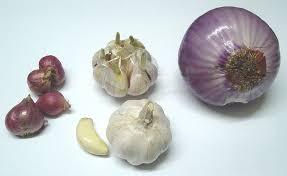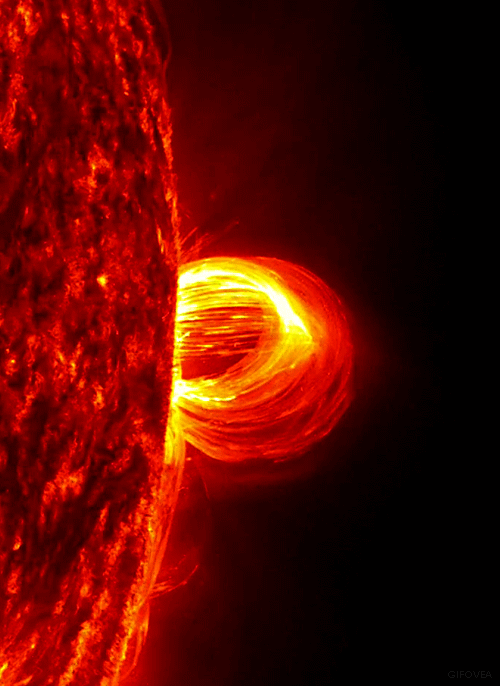Drowning In That Lovin Gendrya And Braime Juice

drowning in that lovin gendrya and braime juice
More Posts from Thejoyofscience and Others

For decades, scientists have been capitalizing off discoveries made from Henrietta Lacks’ family’s cells. That may change.
panic! at the lab
ft hit songs such as
i write scribbles not lab reports
nine in the afternoon (nine in the evening? morning?) (oh it’s a 12 hr time point)
mad as grad students
high hopes (dissertation version)
Me whenever I see a corporate ad trying to say “we’re all in this together”:






Thunderstorm from space
This photo was taken from the International Space Station during a project to capture photos of clouds. Here a large anvil supercell (some 200 km across) is silhouetted against the limb of our blue orb, revealing clearly the layers of the atmosphere somewhere over northern Australia around 1,500 km from the station, which was then flying over Papua New Guinea.
Keep reading
WHY you shouldn’t feed these 10 foods to your dog
Dogs might think they’re human, but their physiology is not like ours. Humans might eat a wide variety of foods with little concern, but there are some very common human foods which you should not feed to your canine companion. You’ve probably seen the foods on this list before, but this is WHY these foods should not be fed to dogs.

Chocolate, Theobromine and Caffeine:
Everybody’s heard that chocolate is bad for dogs, and it’s true. Chocolate contains a compound called Theobromine. Theobromine is a type of compound called a methylxanthine, and another methylxanthine you might be more familiar with is caffeine. We know quite a lot about these compounds, as humans use them both medicinally and recreationally. The long version is that they all inhibit phosphodiesterase and antagonise adenosine receptors. The short version is that they increase muscle activity, including the heart, and stimulate the central nervous system.
This presents as dogs that have fast and irregular heart rates, high body temperatures and increased muscle activity that can progress to seizures.
It takes a reasonable amount of chocolate to poison a dog. One M&M isn’t going to do it. For a 35kg dog it’s going to take at least 3500mg of theobromine, which is about 5kg of typical milk chocolate. But only 1.2kg of dark chocolate or 600g of cooking chocolate, which is possible.
A 10kg dog needs much less. 1.5kg of milk chocolate would do it, which is only about 3 large Easter Bunnies, or 300g of dark chocolate, which is one packet from the cooking isle.
Chocolate is super tasty, dogs will absolutely gorge themselves on all chocolate available, so it’s not too difficult to poison smaller dogs with it.
And even if you get the dog through the toxicity, the high fat content of chocolate can go on to cause other gastrointestinal problems.

Onions & Garlic:
Yes, I said onions AND garlic. All allium species contain the same potentially toxic compounds, whether raw or cooked. That goes for spring onions too, it’s just really difficult to convince a dog to eat enough of them to be poisoned. These plants cause a Heinz body anaemia by inducing oxidative damage to the surface of the red blood cells, and for some reason breeds of Japanese origin like the Akita and Shiba Inu seem particularly prone to this toxicity.
It usually takes 10 to 15g per kg of body weight to poison a dog, but those breeds can be affected by as little as 5g per kilo. So for a big, 35kg dog, that’s about three medium sized onions.
Poisoning can happen all in one go, or it can happen by eating small amounts over a longer period of time, which is why it’s infuriating to see garlic being suggested as a natural remedy for things.
Bad cases will have to be treated with a blood transfusion as there is no direct antidote. And for interest, there are other things that can cause Heinz body anaemia too, like zinc.
Keep reading
-
 evanescentnight liked this · 4 years ago
evanescentnight liked this · 4 years ago -
 ct2311 liked this · 4 years ago
ct2311 liked this · 4 years ago -
 kings-files liked this · 4 years ago
kings-files liked this · 4 years ago -
 lover-of-sleep liked this · 5 years ago
lover-of-sleep liked this · 5 years ago -
 dreamingani liked this · 5 years ago
dreamingani liked this · 5 years ago -
 snowwhiteredrose123 liked this · 5 years ago
snowwhiteredrose123 liked this · 5 years ago -
 rebe0000 liked this · 5 years ago
rebe0000 liked this · 5 years ago -
 fucking-dazzling liked this · 5 years ago
fucking-dazzling liked this · 5 years ago -
 neverkilljustonetwin liked this · 6 years ago
neverkilljustonetwin liked this · 6 years ago -
 couragethecowardlygirl reblogged this · 6 years ago
couragethecowardlygirl reblogged this · 6 years ago -
 llywscmwahahhh liked this · 6 years ago
llywscmwahahhh liked this · 6 years ago -
 all-weve-ever-done liked this · 6 years ago
all-weve-ever-done liked this · 6 years ago -
 nmelodia liked this · 6 years ago
nmelodia liked this · 6 years ago -
 create-art-and-be-art liked this · 6 years ago
create-art-and-be-art liked this · 6 years ago -
 glasses-haver liked this · 6 years ago
glasses-haver liked this · 6 years ago -
 wigg-boy liked this · 6 years ago
wigg-boy liked this · 6 years ago -
 doloresabernathysworld liked this · 6 years ago
doloresabernathysworld liked this · 6 years ago -
 iampleadingthefifth reblogged this · 6 years ago
iampleadingthefifth reblogged this · 6 years ago -
 sweetums0kitty reblogged this · 6 years ago
sweetums0kitty reblogged this · 6 years ago -
 sweetums0kitty liked this · 6 years ago
sweetums0kitty liked this · 6 years ago -
 erdsthenerds reblogged this · 6 years ago
erdsthenerds reblogged this · 6 years ago -
 lv-y liked this · 6 years ago
lv-y liked this · 6 years ago -
 i-am-so-very-done liked this · 6 years ago
i-am-so-very-done liked this · 6 years ago -
 ifandomus liked this · 6 years ago
ifandomus liked this · 6 years ago -
 perfect97 liked this · 6 years ago
perfect97 liked this · 6 years ago -
 lgestal liked this · 6 years ago
lgestal liked this · 6 years ago -
 nanahg13 liked this · 6 years ago
nanahg13 liked this · 6 years ago -
 communistyoda reblogged this · 6 years ago
communistyoda reblogged this · 6 years ago -
 communistyoda liked this · 6 years ago
communistyoda liked this · 6 years ago -
 as-lovely-as-dawn reblogged this · 6 years ago
as-lovely-as-dawn reblogged this · 6 years ago -
 adriisamused liked this · 6 years ago
adriisamused liked this · 6 years ago -
 fandomgirlcrazyworld reblogged this · 6 years ago
fandomgirlcrazyworld reblogged this · 6 years ago -
 itspronounced-eefa liked this · 6 years ago
itspronounced-eefa liked this · 6 years ago -
 dayumerey reblogged this · 6 years ago
dayumerey reblogged this · 6 years ago -
 gameofravens liked this · 6 years ago
gameofravens liked this · 6 years ago -
 mlw10 liked this · 6 years ago
mlw10 liked this · 6 years ago -
 mistressxamerica liked this · 6 years ago
mistressxamerica liked this · 6 years ago -
 sirenamorena6 reblogged this · 6 years ago
sirenamorena6 reblogged this · 6 years ago -
 nothingsrealwithoutlove reblogged this · 6 years ago
nothingsrealwithoutlove reblogged this · 6 years ago -
 nothingsrealwithoutlove liked this · 6 years ago
nothingsrealwithoutlove liked this · 6 years ago -
 youalwayshurtoneyoulovepet liked this · 6 years ago
youalwayshurtoneyoulovepet liked this · 6 years ago
An assortment of scientific things from the wonderful world of biology
77 posts



